Russia’s Frigate Admiral Grigorovich is one of the most feared warships the United States and NATO hate to meet in the Syrian Civil War. Specifically custom-made for the Black Sea Fleet, the latest class of frigates entered service this year (2016), where the Russian Navy has ordered 6 ships. Admiral Grigorovich and Admiral Essen are active while a third Admiral Makarov is currently in sea trials.
Russia-based RIA Novosti has just announced that the Russian Navy is sending the Admiral Grigorovich frigate to Syria’s territorial waters. Designed for air defence mission, anti-ship and anti-submarine warfare, Grigorovich is set to join the fleet of Russia’s largest battleship – Admiral Kuznetsov aircraft carrier – which had caused panic among NATO nations roughly 2 weeks ago.
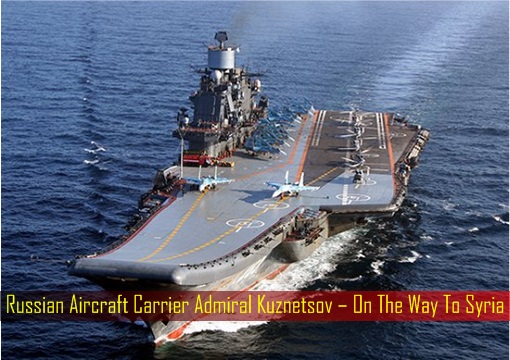
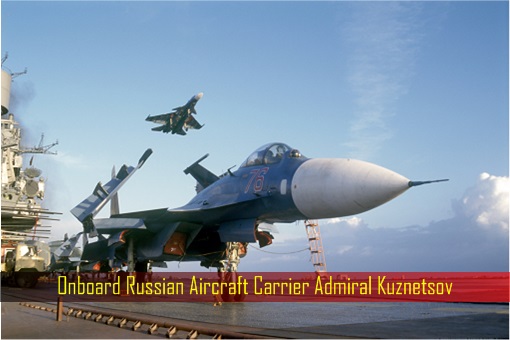
Loaded with 15 Sukhoi Su-33 and MiG-29K/KUB multirole fighters onboard and more than 10 Kamov Ka-52K, Ka-27, and Ka-31 helicopters to carry out airstrikes, Admiral Kuznetsov was escorted by the Pyotr Veliky (Peter the Great) battle cruiser, the Vice Admiral Kulakov destroyer, anti-submarine Severomorsk, frigate, supply ships and submarine – all part of the Northern Fleet.
Subsequently, British Royal Navy claimed they have tracked 3 more Russian attack submarines – 2 nuclear-powered Akula-class submarines and a diesel-powered Kilo-class submarine – on their way to join the Russian fleet of 8 fearsome warships led by Admiral Kuznetsov to target civilians in Aleppo. While Russia didn’t deny its 3 submarines’ voyage, they denied they were getting ready to bomb civilians.
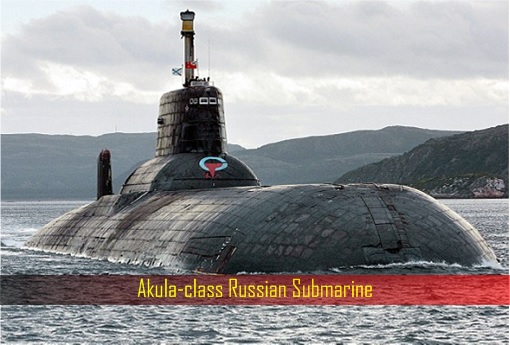
The first of its class, Admiral Grigorovich is one of 2 classes of Russian warships that possess platform to launch the supersonic Kalibr land-attack, anti-ship and anti-submarine cruise missile. The other warships with such capability are the Buyan-M class corvettes. Of course, all the Russian Kilo-class, Lada-class, Akula-class, Yasen-class and Borei-class submarines can also launch Kalibr.
With a range of up to 2,600-km, the supersonic 3M-54 Kalibr missiles (NATO codename: “Sizzler”) are able to penetrate the enemy’s missile defence systems, not to mention its capability of carrying both a conventional or nuclear warhead. Russia had demonstrated its prowess when it hit targets in Syria from 4 small Russian warships in the Caspian Sea last October.
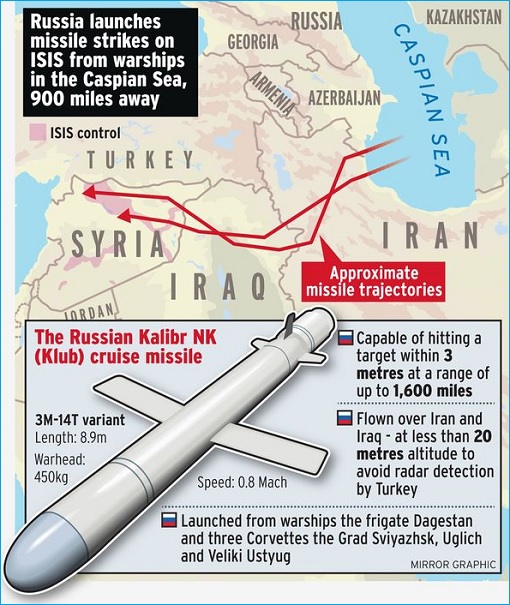
It is unknown if the Admiral Grigorovich would be accompanied by more submarines. But with corvettes, Grigorovich, Akula-class and Kilo-class submarines – all are capable of launching Kalibr cruise missiles – Russia has already assemble its largest naval machines in the Mediterranean Sea, sending red alerts to NATO members.
With the entrance of Frigate Admiral Grigorovich to the Syrian territorial waters, Russia combat capabilities have been increased, suggesting that Moscow is preparing for a worst scenario where the United States could launch air strikes or even cruise missiles at Syrian, Iranian and Russian forces in the “Battle of Aleppo“, or even the Yemen War.
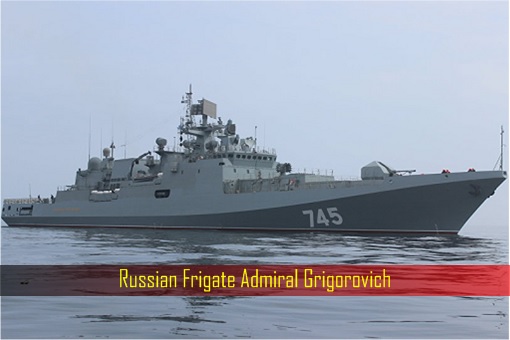
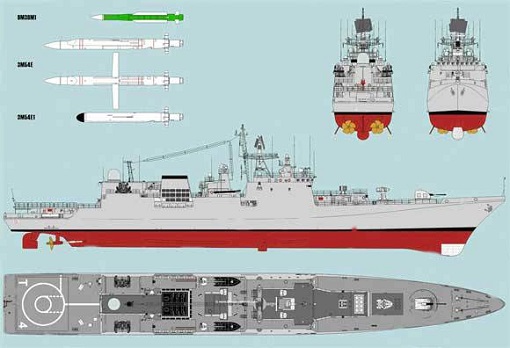
Russia had deployed “Triumf” S-400 SAM (better known to NATO as the SA-21 “Growler”) to Khmeimim airbase in Syria. The surface-to-air missile system can target 400 kilometres in distance and heights of up to 27 kilometres, resulting in defence coverage of 75% of Syrian territory. Later, Russia President Vladimir Putin directed the deployment of S-300V4.
Known by NATO as SA-23 Gladiator, S-300V4 was deployed to Syria to protect the Russian naval base along Syria’s Mediterranean coastal city of Tartus. It was the first time Putin had deployed S-300V4 outside the motherland Russia. The fleet of 8 warships lead by Admiral Kuznetsov aircraft carrier, 3 submarines and Frigate Admiral Grigorovich are more than enough to protect Tartus.
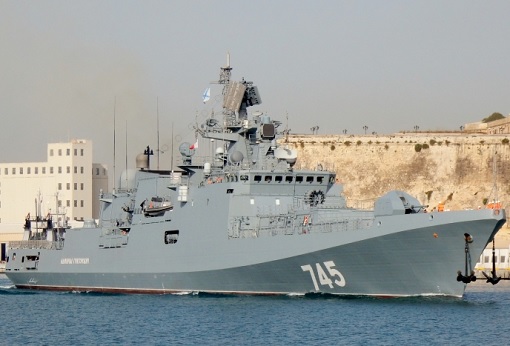
While the primary mission was to protect its naval facility in Tartus, such monster fleet could also mean to serve as a warning to the U.S. and NATO that the defence mission could be reversed to offensive mission, if the interest of Russia is threatened. Of course, such fleet could be Russia’s preparation to attack ISIS terrorists and rebels refuse to leave Aleppo.
Other Articles That May Interest You …
- Panic!! Russia’s Aircraft Carrier Leading A Fleet Of Warships Towards Mediterranean
- Here Are Russia’s 3 Awesome Weapons Which The U.S. Is Absolutely Terrified Of
- Forget Syrian War, A Saudi-Iran War Could Spark World War 3
- Checkmate – Russia Sends New Weapon “S-300V4 Gladiator” To Syria
- “Battle Of Aleppo” – Russia Challenges U.S. To A War … If Obama Dares
- No, It Wasn’t An Accident!! – Here’s Why The U.S. Deliberately Bombed Syrian Forces
- Putin To Send Aircraft Carrier To Syria – To Wipe Out ISIS, To Humiliate NATO
- Not Over Yet – Here’re Some Of Russia’s Awesome Military Hardware In Syria
- 4 Reasons Russia Intervened In Syria & Why Putin May Attack NATO As Well
- Russian Jet Shot Down – How Putin Brilliantly Turns It To His Advantage

|
|
November 3rd, 2016 by financetwitter
|


|

|

|

|

|

|




























Comments
Add your comment now.
Leave a Reply